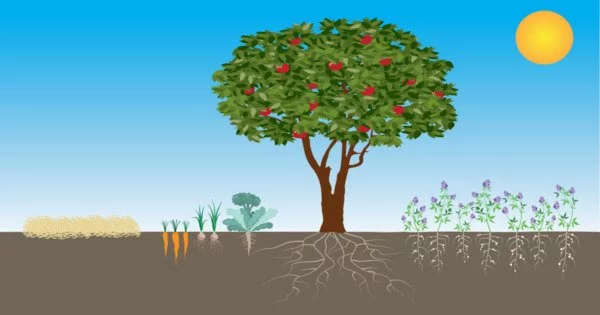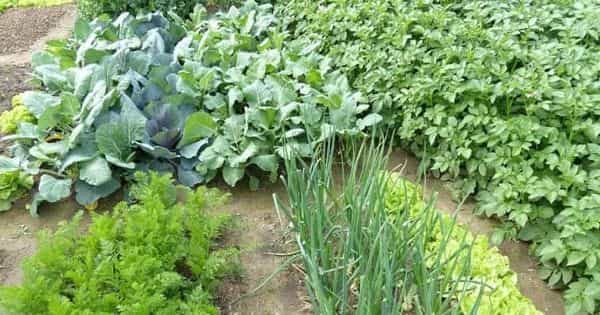Soil resilience refers to the ability of soil to recover its original structure, function, and productivity after being disturbed, such as by natural events such as erosion, or human activities such as tillage and over-grazing. A soil that is resilient has a strong structure and is able to retain water and nutrients, allowing it to support healthy plant growth.
The resilience of soil depends on various factors, including soil type, climate, land use, and management practices. Healthy, resilient soils have a diverse array of plant and animal life, as well as a well-structured mixture of organic matter, minerals, and water. These properties allow the soil to better absorb and retain water, resist erosion, and support plant growth.
Soil resilience refers to soil’s ability to withstand or recover from destabilizing influences. This is a subset of an environmental resilience concept. Soil resilience should be considered first in terms of soil formation and development (pedogenesis), a continuous process that takes thousands of years – this puts into perspective how little time humans have had to use, change, and rely on soil. Pedogenesis is the result of five factors: the first two are parent material and topography, which are passive and contribute to soil mass and position; the next two are climate and the biosphere, which are active and supply the energy in soil formation; and the last two are climate and the biosphere, which are active and supply the energy in soil formation. Then there’s time.
Low soil resilience can result from improper land use and management practices, such as intensive tillage, overgrazing, or monoculture cropping, which can reduce soil organic matter, alter soil structure, and increase the risk of soil degradation. Conversely, conservation practices, such as reduced tillage, cover cropping, and diversified crop rotations, can help to build soil resilience and improve soil health.
Soil resilience is an important aspect of sustainable agriculture and land management, as it can help to ensure long-term productivity and reduce the risk of soil degradation and loss. By promoting soil resilience, we can help to maintain and enhance the many benefits that soils provide, including food production, water filtration and storage, carbon sequestration, and habitat for wildlife.
Soils are resilient to environmental changes and shocks, which means they will recover from or adjust to change given enough ‘pedological’ time. Human soil management practices implemented in a short period of time are unsustainable; declining soil health threatens human livelihood. The soil’s resilience in terms of human expectations and time frames will be determined by its ability to recover to an equilibrium state once improved practices have been widely implemented.
















